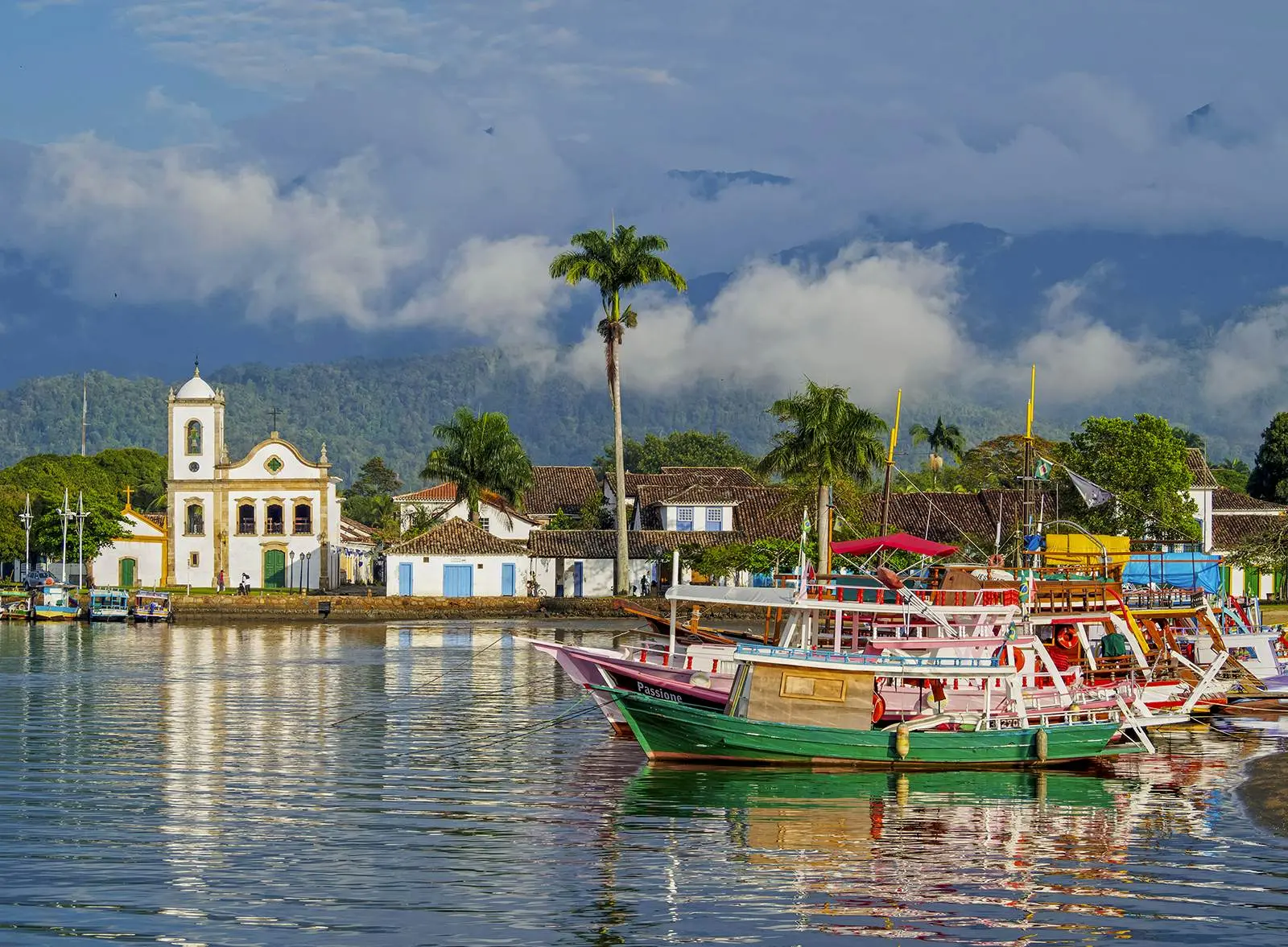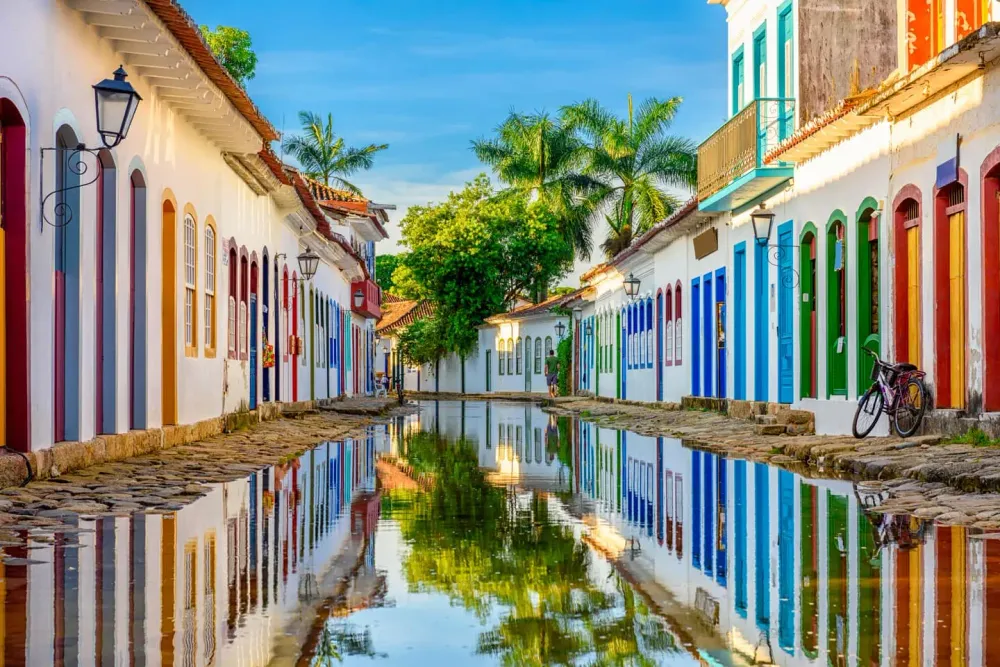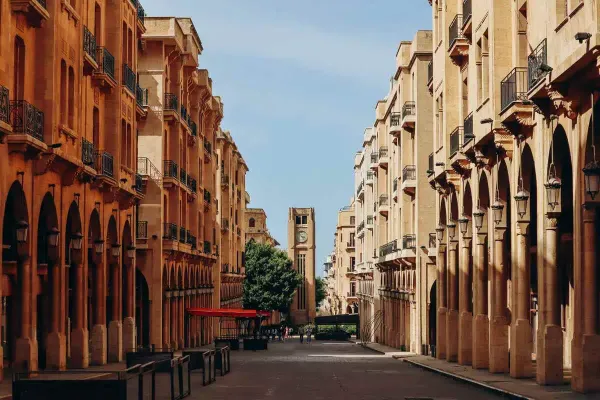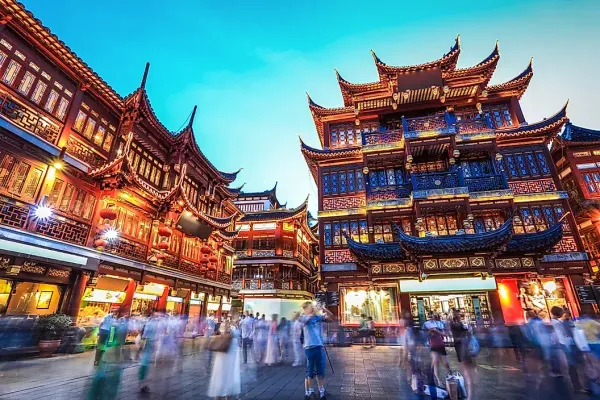On the Brazilian Coast, a Tropical Town Beloved by Artists and Makers
Roughly equidistant from São Paulo and Rio de Janeiro, the coastal town of Paraty (population 45,000) isn't the most accessible location. It requires a four-hour, predominantly mountainous drive from either city, a 45-minute helicopter journey, or arrival by sea. This remoteness has kept the tourist crowds and unchecked development at bay, despite the town's clear allure. Situated on Brazil's Costa Verde, with rainforest-clad mountains on one side and the emerald waters of Ilha Grande Bay on the other, Paraty (pronounced para-CHEE by locals) maintains over 30 blocks as its historic quarter. This area features pedestrian-only cobblestone streets lined with whitewashed 18th- and 19th-century buildings, many of them relics of the Portuguese colonial era.

Beginning in the mid-1600s, Paraty thrived as a seaport during the nation's gold rush (with major gold mines in the neighboring inland state of Minas Gerais) and as a center for the slave trade. African slaves not only worked in the mines but also constructed much of the town's early infrastructure, such as its roads. When the gold exports ceased in the early 1700s, the town continued to harvest sugar cane and produce cachaça, the national spirit, before shifting its economic focus to coffee. By the late 19th century, Santos, 190 miles to the south, had replaced Paraty as the primary coffee-exporting port, leading to the town's decline. “It fell off the map,” says Luana Assunção, owner of the Rio-based travel company Free Walker Tours. “It became isolated and poor. Many houses were abandoned.”

By the 1970s, a new highway and an influx of urban transplants revitalized Paraty. Attracted by the area's affordability, numerous artists, designers, and other creative individuals began renovating the old mansions and opening galleries, boutiques, cafes, and small hotels, transforming the once-forgotten town into an appealing vacation spot.
“I was concerned that mass tourism would threaten Paraty's cultural and natural future, but it didn't happen,” says nature photographer Dom João de Orleans e Bragança, who has been visiting Paraty since 1968 and now lives there most of the year. He attributes the town's timeless quality to strict building codes, even after the pandemic when second-home owners began spending more time in Paraty. “You'll never see a skyscraper, and we don't have big resorts or hotels here."
Paraty offers easy access to numerous small islands and sandy coves across the bay (local traineiras, renovated wooden fishing boats, large schooners, and speedboats are available for daylong outings), as well as countless hiking trails, waterfalls, and beaches within the expansive Serra da Bocaina National Park. Visitors can also take day trips to several villages home to Indigenous and historic Black settlements that have preserved a strong cultural identity. “There are layers upon layers here,” said Lena Santana, a Brazilian costume and fashion designer who has lived in Paraty for the past decade. “It creates a certain kind of depth that makes people want to stay.” Here, Santana and four other locals and longtime Paraty visitors share their recommendations for where to stay, eat, and explore.






